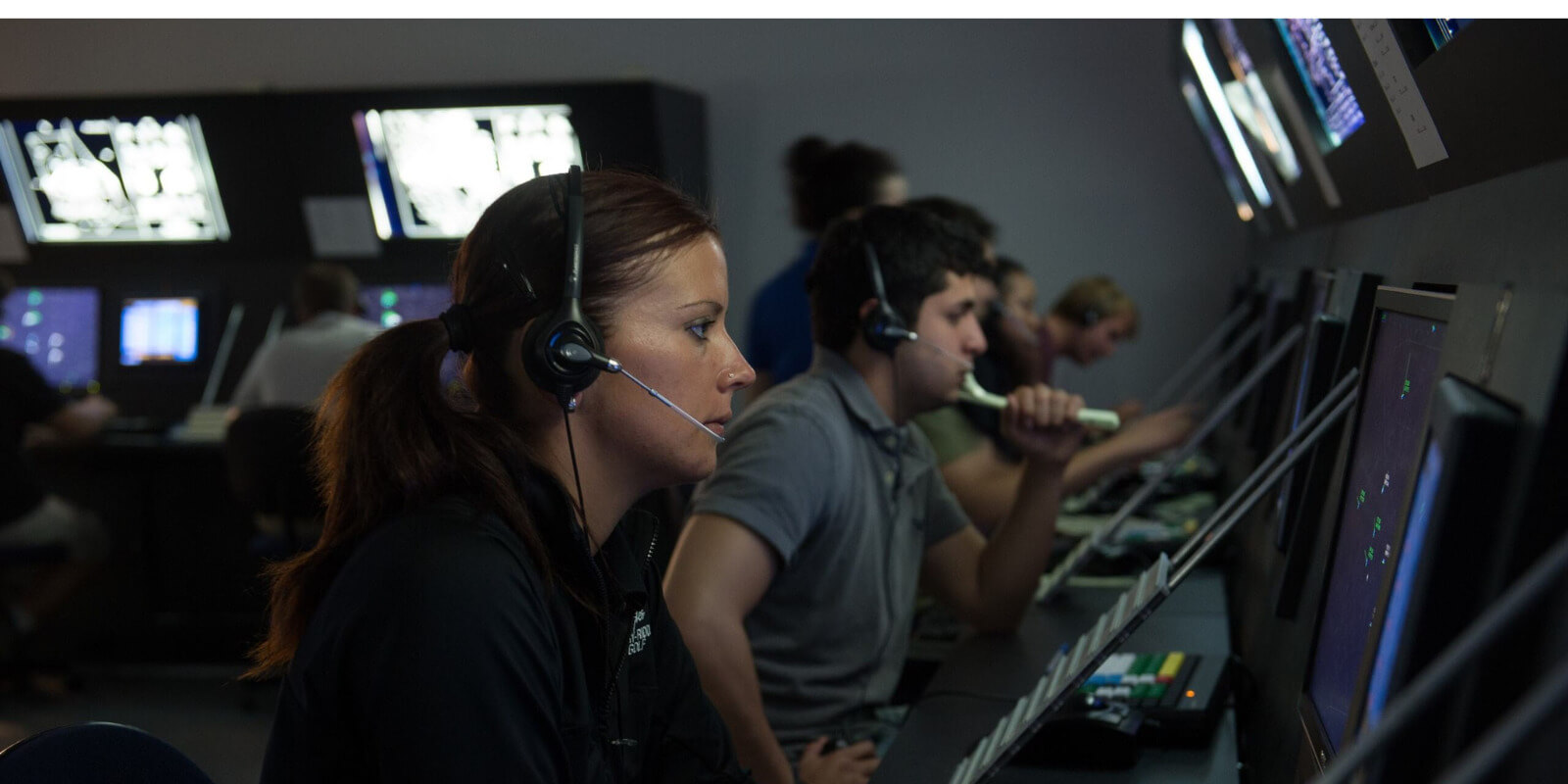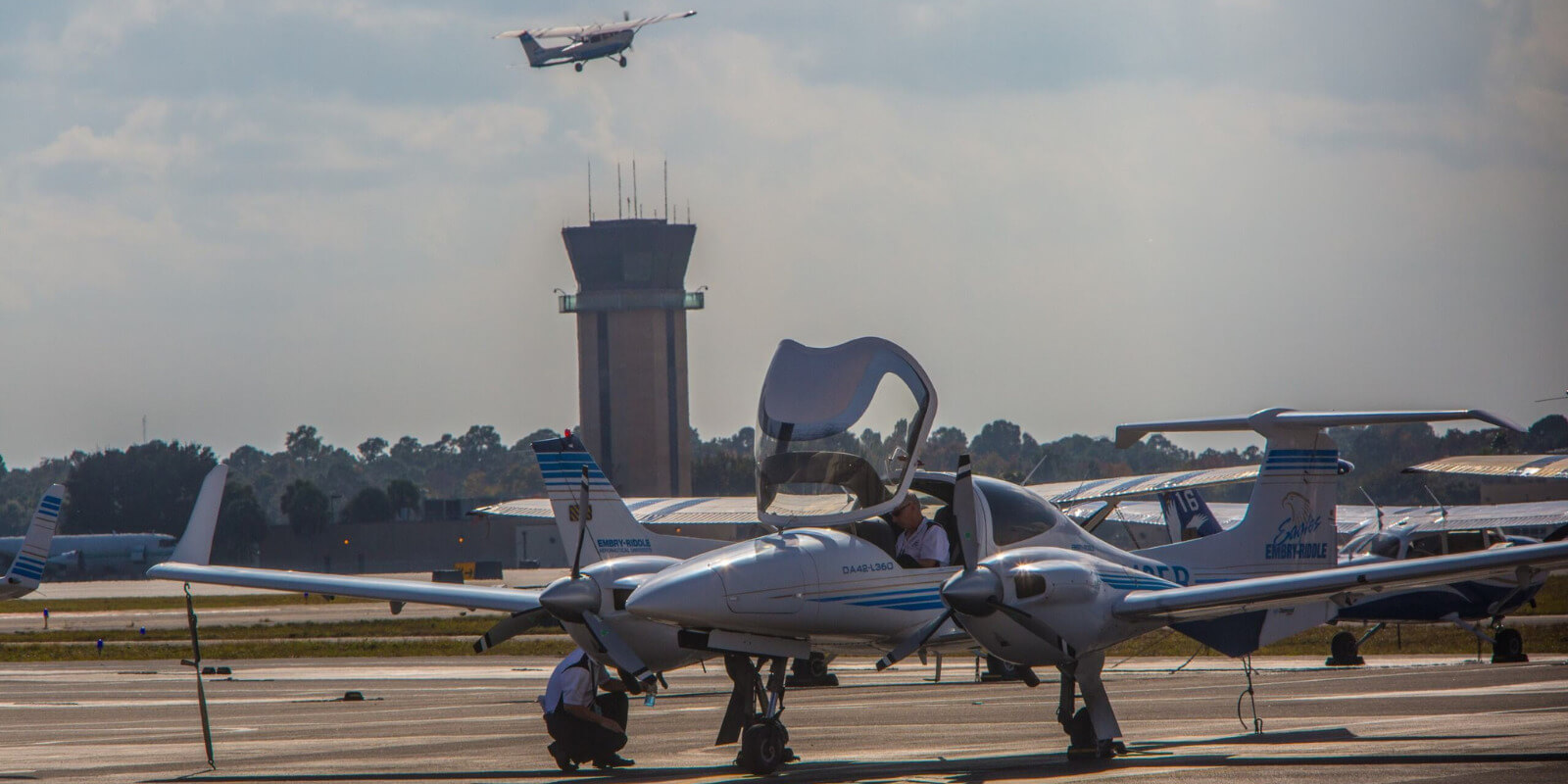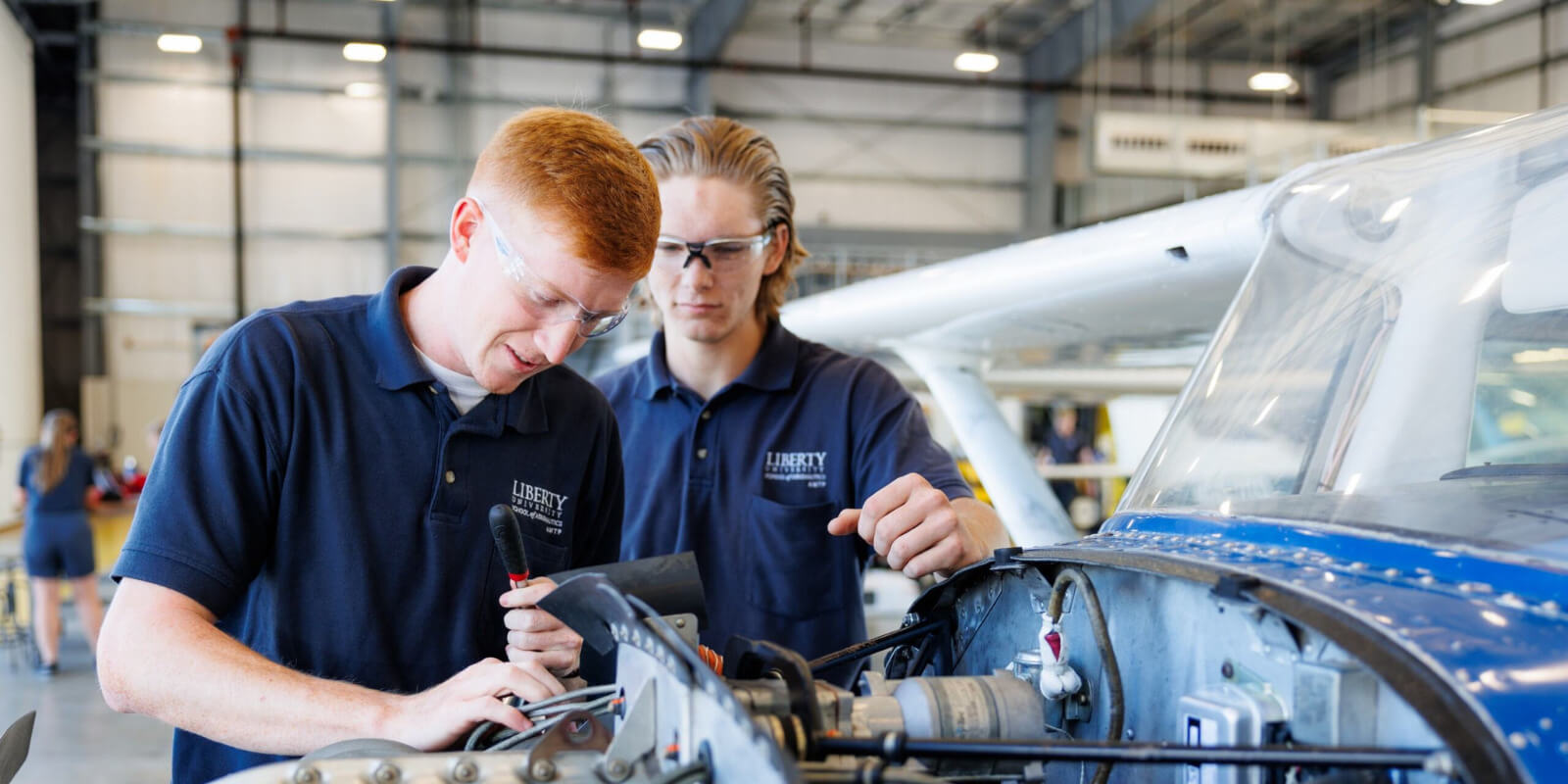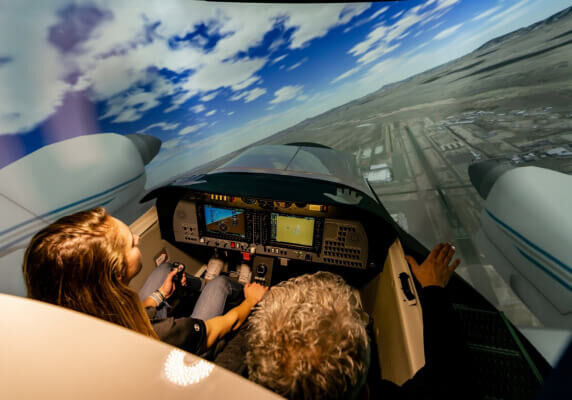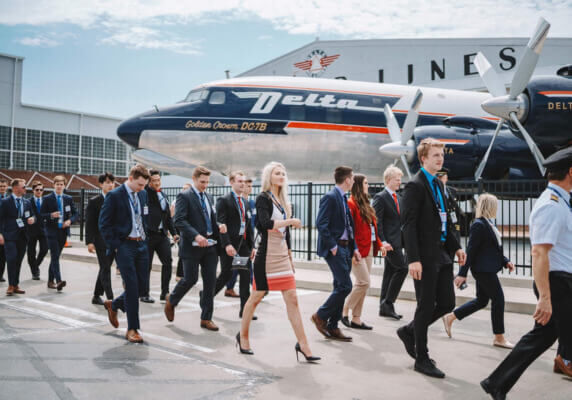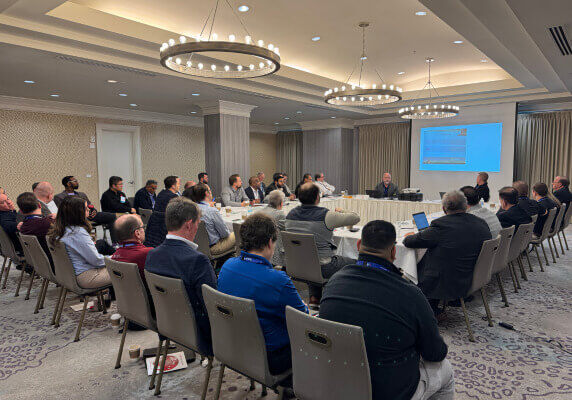Mark Your Calendar
Learn More
Accreditation
Accreditation is the public recognition awarded to colleges, universities and programs that meet established educational standards. AABI is the recognized accreditor for collegiate aviation programs.
Membership
AABI membership is composed of aviation educators and industry professionals working to advance the standards of aviation education throughout the world through collaboration and partnerships.
Annual Meeting
An opportunity to network with leading aviation educators, learn about best practices in aviation assessment and connect with aviation industry leaders.
Why choose an AABI Accredited Program?
- Quality of Instruction: Accredited programs adhere to high standards set in the AABI criteria.
- Career Placement Opportunities: Graduates from accredited programs are more attractive to employers, with a number of leading aviation industry pathways established exclusively at AABI accredited schools.
- Comprehensive Continuous Improvement: Accredited programs undergo a regular accreditation cycle that involves an external review team.
- Recognition and Credibility: Accreditation assures students and employers that the program meets the established standards of excellence in aviation education.


